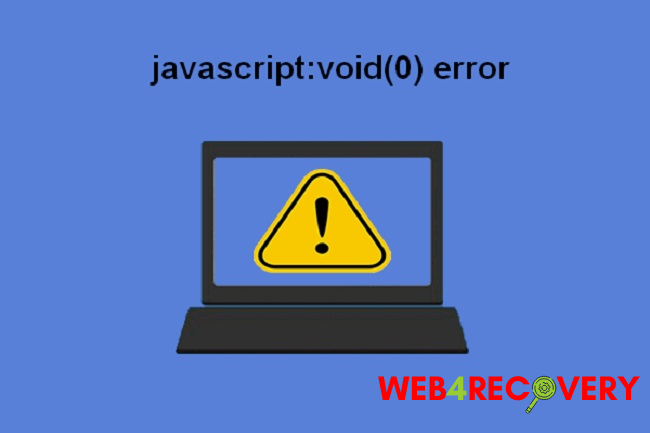Javascript, one of the core technologies powering the internet, comes with its unique language syntax and phrases that can often seem cryptic to those unfamiliar with it. One such term is ‘javascript:void(0)’.
This article will break down what ‘javascript:void(0)’ means, explain the difference between ‘void 0’ and ‘undefined’, and discuss its usage within href attributes.

Understanding ‘javascript:void(0)’
The term ‘javascript:void(0)’ is a JavaScript command that prevents a webpage from refreshing when a link is clicked. Here’s what it implies:
- javascript: – This prefix tells the browser to expect and execute JavaScript code.
- void: – The ‘void’ operator in JavaScript evaluates the expression that follows and then returns undefined.
- (0): – ‘0’ is the expression that ‘void’ evaluates. However, the expression could be anything because regardless of what it evaluates, ‘void’ will always return undefined.
Therefore, ‘javascript:void(0)’ is used when you want a clickable item on a webpage, like a button or a link, to execute some JavaScript code without reloading or navigating away from the current page.
‘void 0’ vs ‘undefined’
In JavaScript, both ‘void 0’ and ‘undefined’ return the value ‘undefined’. While they might seem identical, there’s a key difference between them.
‘undefined’ is a type in JavaScript that a variable holds when it has not been assigned a value. However, JavaScript is a dynamically-typed language, meaning that the ‘undefined’ variable can be reassigned.
On the other hand, ‘void 0’ will always evaluate to ‘undefined’ regardless of any reassignments in the code. It’s a safer and more reliable way to obtain the ‘undefined’ value, making it the preferred method in many coding scenarios.
Usage of ‘javascript:void(0)’ in href
In HTML, the ‘href’ attribute defines the URL the page should navigate to when a link is clicked. When ‘javascript:void(0)’ is used in an ‘href’ attribute, it prevents the default navigation action from taking place.
For example:
<a href="javascript:void(0)" onclick="myFunction()">Click me!</a>
In this case, when the link is clicked, instead of navigating to another page, it triggers ‘myFunction()’ and stays on the current page.
However, using ‘javascript:void(0)’ in href attributes is considered a bad practice in modern web development due to accessibility and usability concerns. It’s recommended to use ‘event.preventDefault()’ in your JavaScript code to prevent navigation.
In conclusion
‘Javascript:void(0)’ is a powerful JavaScript tool that serves a specific purpose. Understanding its role, the difference between ‘void 0’ and ‘undefined’, and its usage in href attributes is essential for anyone looking to master JavaScript.
As with any tool, it’s critical to use it wisely and adhere to best coding practices to create efficient and accessible web applications.

















